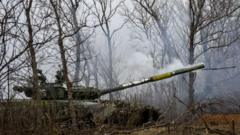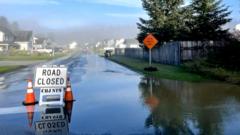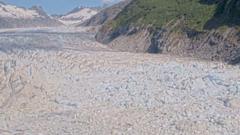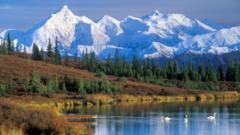The alarming decline in Alaska's seabird population has been attributed to a significant marine heat wave that wreaked havoc on the ecosystem. Between 2015 and 2016, thousands of common murres—elegantly patterned black-and-white seabirds—were discovered dead along the Alaskan coastline. Official counts indicate around 62,000 emaciated carcasses were recorded from California to Alaska during that period.
As scientists investigated the dire situation, it became evident that the tragic loss of these birds was tied to an unprecedented warm water mass known as the Blob. Recent findings, detailed in a study published in the journal Science, highlight the devastating consequences of this environmental phenomenon. Heather Renner, a wildlife biologist at Alaska Maritime National Wildlife Refuge and co-author of the study, noted that the impact was far worse than initially anticipated.
Approximately half of the common murres in Alaska, amounting to an estimated four million birds, perished due to the heat wave. This astonishing number represents the largest known die-off of a single species of wild birds or mammals. Alaska is home to roughly 25% of the global common murre population, making this loss particularly critical.
The marine heat wave caused a disruptive domino effect on ocean ecosystems, leading to widespread changes in marine life. The warming waters significantly affected vital food sources for the murres, resulting in a rapid decline in fish populations crucial for their survival. This instance serves as a stark reminder of the profound threats posed by climate change on wildlife and marine ecosystems.






















